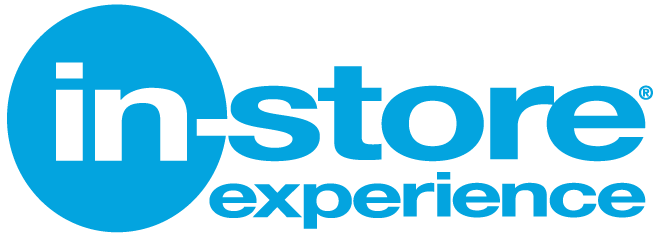Why POP Strategies drive the 'Impulse Purchase'
An upsurge in impulse buying mean that the point of purchase (POP) is playing a more important role in consumers’ decision making than ever before.
So why are consumers open to impulse purchases, despite their best intention to seek special deals or wait for sales?
There are many reasons. Here, we cover just a few behind the continuing and increasing success of the POP strategy in driving the impulse purchase.
Improving the shopper experience: When done right, POP strategies can occupy consumers whilst they’re waiting for sales help - presenting enough useful information in an efficient format to drive an impulse purchase. This can reduce some of the frustrations associated with the shopping experience as well as make the retail experience more entertaining.
The ‘Vicarious ownership’ theory: Ian Zimmerman Ph.D writes that “when we’re connected to a product, it literally changes the way our minds perceive it. Our minds essentially start acting like we already own the product, which makes it harder to go without buying it”. How do you make that connection? Zimmerman continues “A physical connection with a product is created when we’re close to it - and when we’re able to touch it. A temporal connection is created when we’re able to purchase it immediately.” POP strategies are specifically placed to be able to provide these connections.
The ability to provide speed and convenience: Quelch and Cannon-Bonventre write about consumers who value speed and convenience becoming more open to helping themselves as the point of purchase - and as a result, more likely to make an impulse purchase. We see this in the increase in use of vending machines and the rise of self service store formats.





